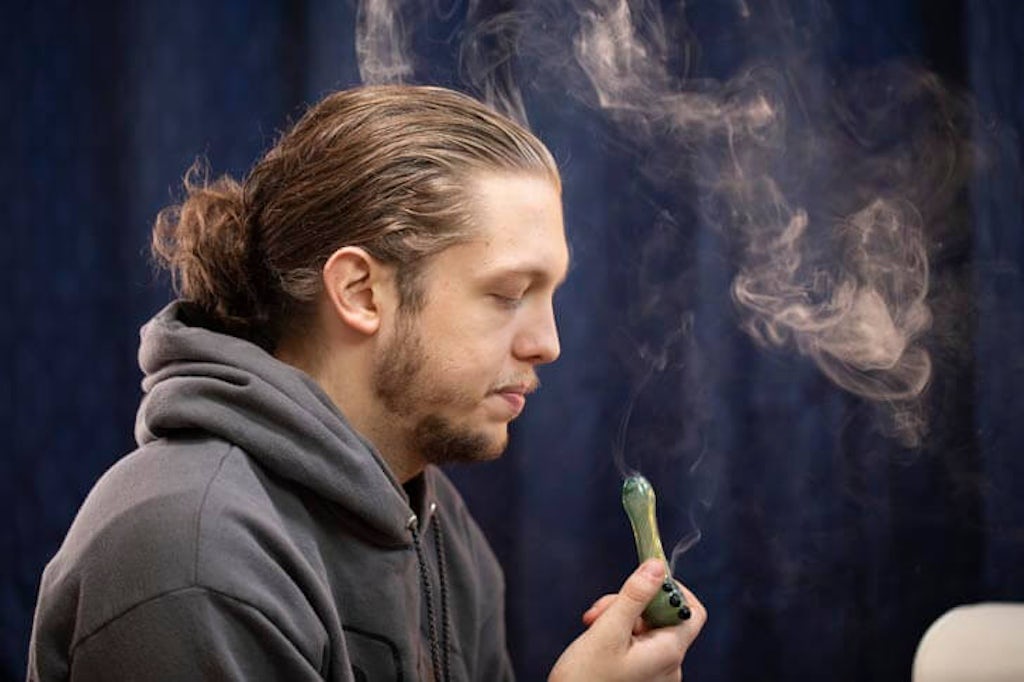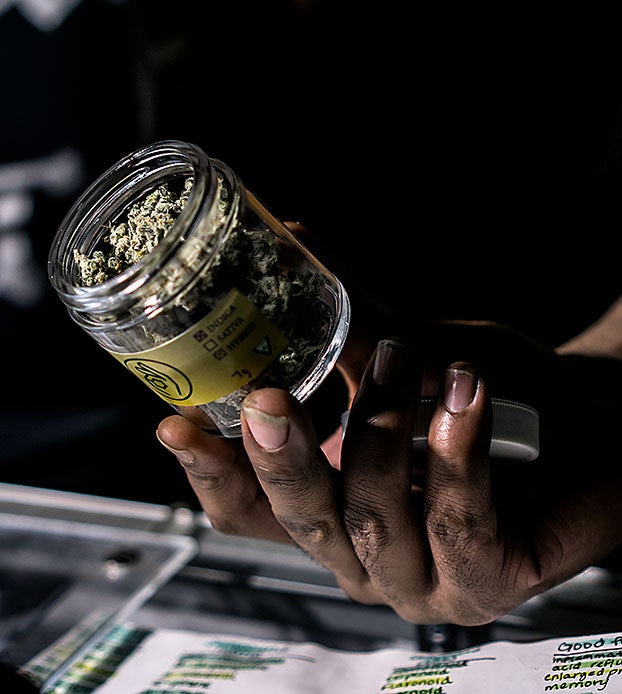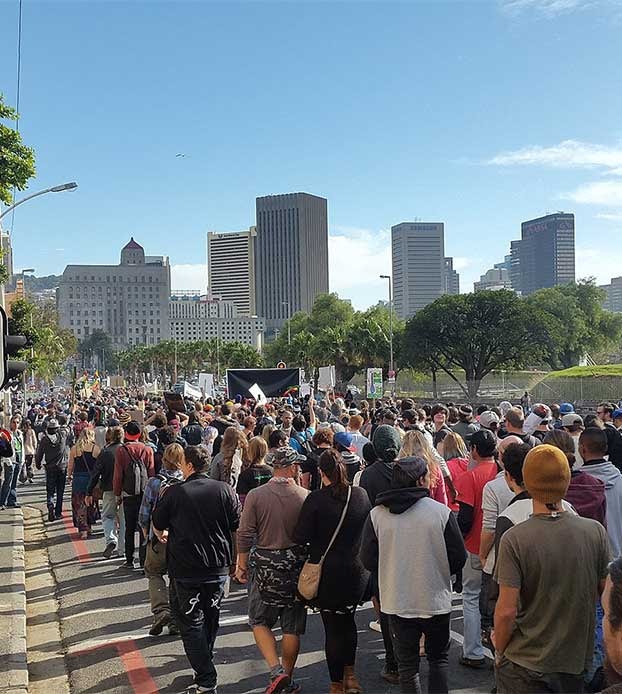Judging by the gains it has made in recent years, it’s tempting to declare that cannabis has firmly entered the mainstream and has been normalized in American society. According to a recent study, however, such declarations are premature. Stigmas around cannabis and cannabis users are alive and well, especially when it comes to people of color.
Some people get a little too excited and claim that cannabis is already normalized, Dr. Matt Reid said in an interview with The Cannigma. “That discounts the experiences of a lot of people in the cannabis community, particularly those with less social power privilege.”
Those stigmas exist for both medical and adult-use cannabis users, and can affect how — and whether — patients seek medical marijuana treatment.
In the article, published in the Journal of Cannabis Research, Assistant Professor Reid, of Cabrini University, described the three types of stigmas still surrounding cannabis use: structural, social, and personal.
Structural stigmas are best exemplified by laws that continue to outlaw cannabis or restrict its use, and we know that Black Americans are still more likely to be arrested for cannabis — even in jurisdictions where it’s legal. An example of social stigmas would be parents, students, and employees who are seen as less proficient in these roles as their peers who do not use cannabis. Personal stigmas are internalized pressures that lead people to change their own behaviors in order to conceal their cannabis use.
Those strategies could include “substituting smoking with edibles, using eye drops, lighting incense, changing clothes after smoking, consuming mints, and keeping vigilant about who else could be watching,” Dr. Reid wrote in his study.
That, too, can be a function of one’s economic position or status in society. Someone living in public housing may be subject to drug tests or restrictions against smoking inside, and even those in rental apartments may be unable to smoke on their balcony or deck because it’s in public view.
Those who own their own homes have few if any of those concerns, Dr. Reid said in an interview with The Cannigma this week.

The following interview has been edited for length and clarity.
This report takes issue with the conventional wisdom about cannabis being in the mainstream now. Do you think it depends partly on who you’re asking?
“A problem with a lot of the normalization idea is that people just assume it’s normalized because it’s more commonplace, but that doesn’t necessarily make it stigma free.”
In your paper, you relate to how there’s a racial component of stigma and you talk about racial privilege and how people look at it, right?
“It seems that there’s a bigger battle to be fought with normalization for minority communities. That extends beyond just communities of color, as people with social privileges are better able to resist general sources of stigma, whether it’s cannabis or not.”
To what extent did you find that the stigma within minority communities is self imposed? As in, if society judges cannabis use as worse when it involves Black people, do people internalize this over the years and then stigmatize people in their own communities?
“There’s a long, emotional history of incarceration among communities of color. It’s not something that disappears overnight with legalization. It’s something that really destroyed people’s lives for so long.”
Is it fair to say that your review makes the case that cannabis use is normalized more for certain people than others?
“It’s fair to say that it’s more normalized for certain populations, mainly the white population but you could even say [it is normalized for] middle class populations, or people who were already doing well in their career and who might own a home.
“Because another big problem, of course, is drug testing. In Michigan (where adult-use cannabis is legal), you could still get fired for having a positive drug test, or they can refuse to hire you. So if you’re somebody in a blue collar job, who is more likely to be drug tested than white collar jobs, that’s kind of a problem, right?”
You wrote about structural, persona, and social stigmas. Is there one that’s more prevalent than the others? One that’s more powerful for the individual?
“Well, all of them inform one another. Structural stigmas inform the social and micro-level stigmas and the perpetuation of micro and social levels upholds the structural ones. So I don’t know if any is more powerful or important than any other.
“There are sociologists that might argue that changing our culture — the structural level stigmas — would be most fruitful. But that’s not something like you could do with a policy.
“That would take time and effort, and being very conscious of how we frame cannabis in the media and in public discussions and debates, as well as [changing] how the law treats it.
“Actually, I would say that the structural stigmas are the most impactful because the law, as it’s currently written, still privileges people who have work in positions that don’t require drug testing.
“All of those create environments and structural penalties that problematized cannabis for certain populations, and I think we can make a lot of progress.”
What do you think will be different in 10 years?
“It’s gonna be a long transformation. I don’t think it can happen overnight. Best case scenario, the federal government decriminalizes it or legalizes it, we’re going to stigmatize cannabis for many years to come.
“But as time goes on, the overall culture and the law, and even how we treat one another, are heading in a direction of normalization. Overall, it will be normalized eventually.
“Do I think it’s normalized now? No. But I think like we’re on the right path. Some people get a little too excited and claim that it is already, and that discounts the experiences of a lot of people in the cannabis community, particularly those with less social power privilege.”
Sign up for bi-weekly updates, packed full of cannabis education, recipes, and tips. Your inbox will love it.

 Shop
Shop Support
Support
















